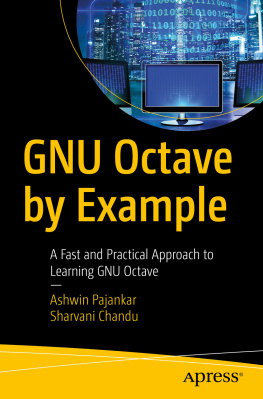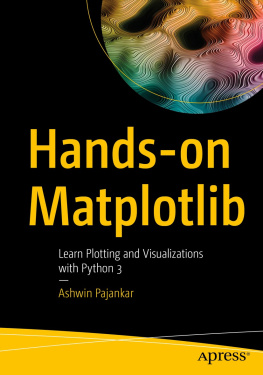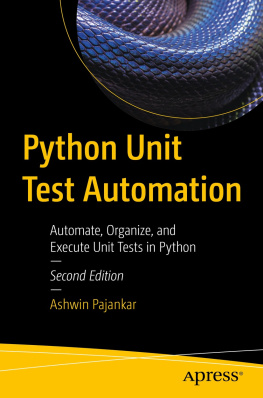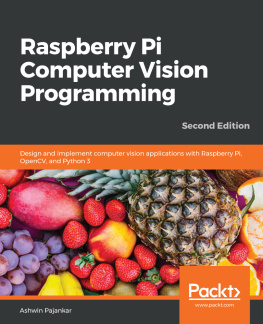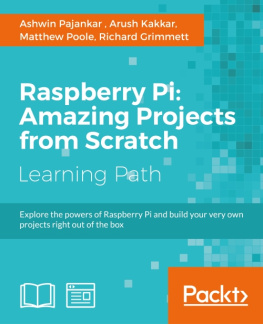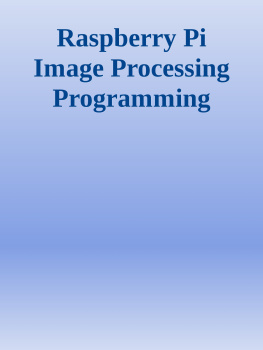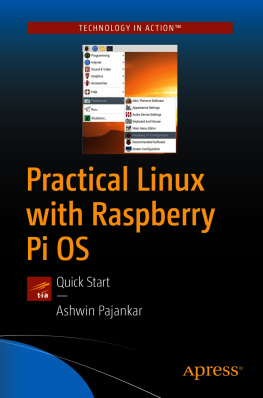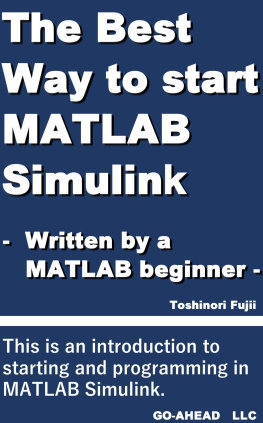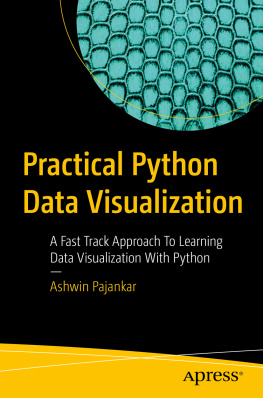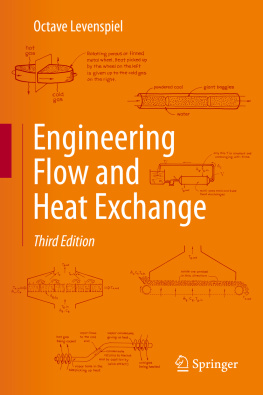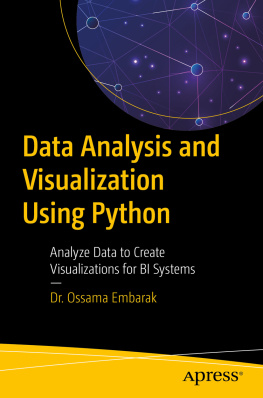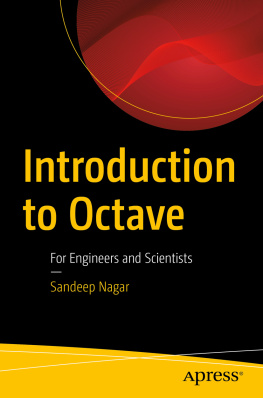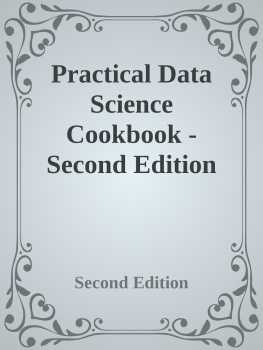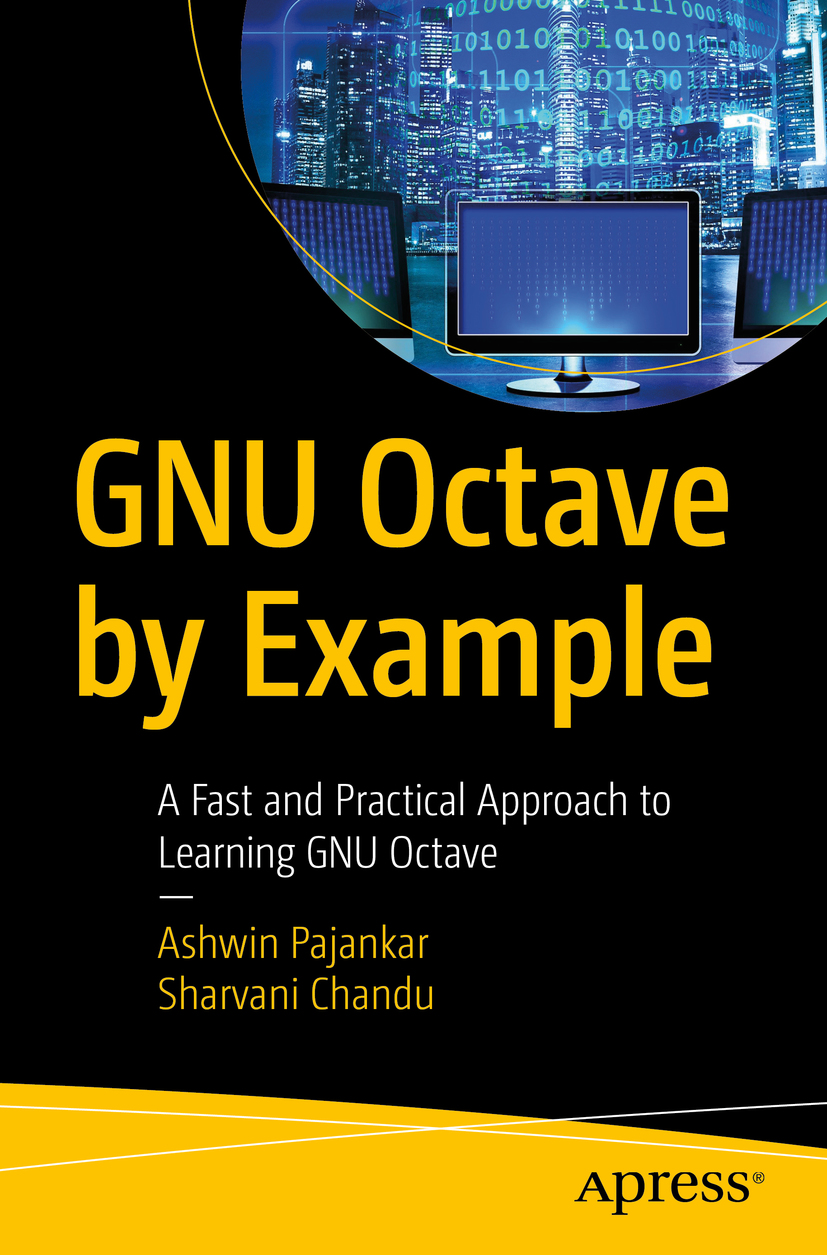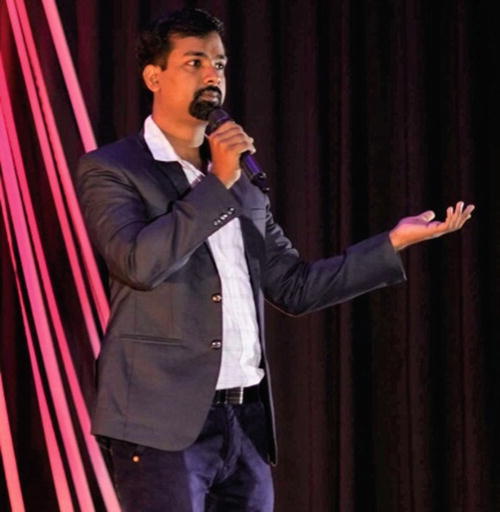Ashwin Pajankar - GNU Octave by Example: A Fast and Practical Approach to Learning GNU Octave
Here you can read online Ashwin Pajankar - GNU Octave by Example: A Fast and Practical Approach to Learning GNU Octave full text of the book (entire story) in english for free. Download pdf and epub, get meaning, cover and reviews about this ebook. year: 2020, publisher: Apress, genre: Home and family. Description of the work, (preface) as well as reviews are available. Best literature library LitArk.com created for fans of good reading and offers a wide selection of genres:
Romance novel
Science fiction
Adventure
Detective
Science
History
Home and family
Prose
Art
Politics
Computer
Non-fiction
Religion
Business
Children
Humor
Choose a favorite category and find really read worthwhile books. Enjoy immersion in the world of imagination, feel the emotions of the characters or learn something new for yourself, make an fascinating discovery.
- Book:GNU Octave by Example: A Fast and Practical Approach to Learning GNU Octave
- Author:
- Publisher:Apress
- Genre:
- Year:2020
- Rating:5 / 5
- Favourites:Add to favourites
- Your mark:
GNU Octave by Example: A Fast and Practical Approach to Learning GNU Octave: summary, description and annotation
We offer to read an annotation, description, summary or preface (depends on what the author of the book "GNU Octave by Example: A Fast and Practical Approach to Learning GNU Octave" wrote himself). If you haven't found the necessary information about the book — write in the comments, we will try to find it.
Get a quick start to learn, understand, and apply GNU Octave using a math- and programming-friendly approach. This book focuses on an end-to-end track to teach mathematical programming, data science, signal processing, and image processing with GNU Octave.
GNU Octave by Example starts with an introduction to GNU Octave, a free and open-source alternative to MATLAB. Next, it explains the processes to install GNU Octave on popular operating systems such as Windows, Ubuntu, Raspberry Pi, and other platforms. Further, it covers hands-on exercises with GNU Octave exploring the basic functionality and command line in interactive mode. This is followed by covering matrices and various operations including how to read and analyze data from various sources. Moving forward, it introduces commonly used programming constructs in data visualization. It explains 2D and 3D data visualization along with data analysis. It also demonstrates the concepts related to geometry and its application with GNU Octave. It concludes with coverage of signal processing followed by image, video, and audio processing techniques.
After reading this book, you will be able to write your own programs for scientific and numerical applications.
What You Will Learn
Understand the practical aspects of GNU Octave with math and programming-friendly abstractions
Install GNU Octave on multiple platforms including Windows, Raspberry Pi, and Ubuntu
Work with GNU Octave using the GUI, the command line, and Jupyter notebooks
Implement 2D and 3D data visualization and analysis with GNU Octave
Who This Book Is For
Software engineers, data engineers, data science enthusiasts, and computer vision professionals.
Ashwin Pajankar: author's other books
Who wrote GNU Octave by Example: A Fast and Practical Approach to Learning GNU Octave? Find out the surname, the name of the author of the book and a list of all author's works by series.

